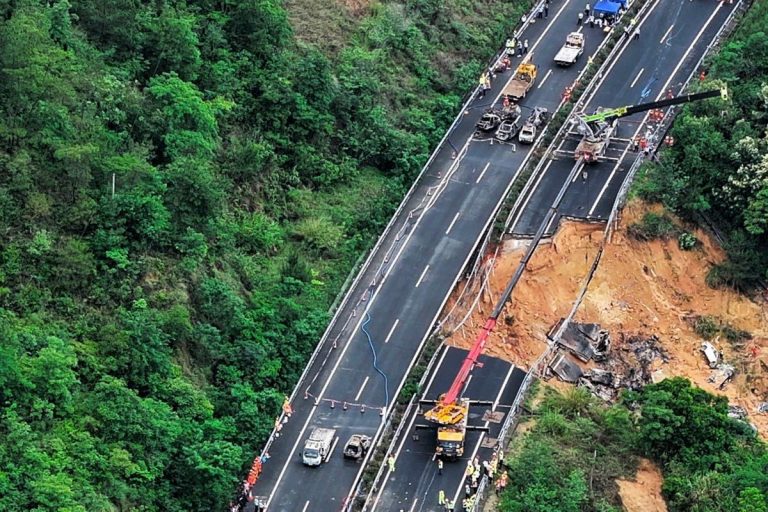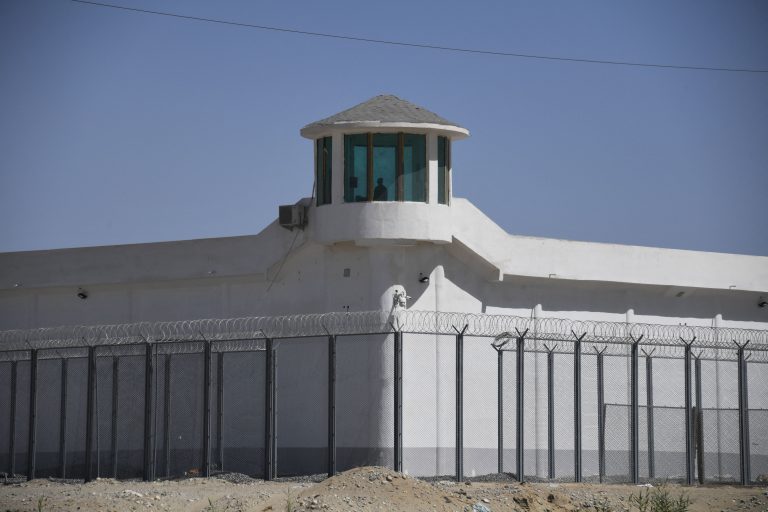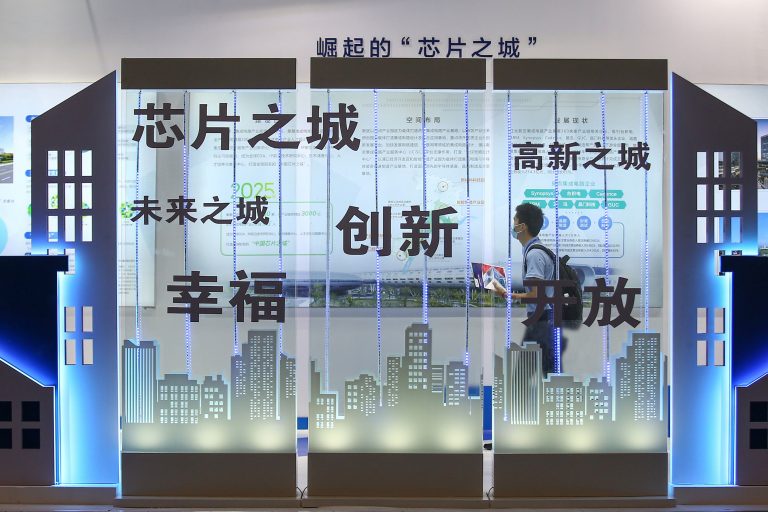After more than two months of lockdowns and movement curbs that have resulted in a string of tragedies and violence, residents in Shanghai finally saw some respite after authorities loosened the draconian “zero-COVID” restrictions on June 1.
Despite restrictions being lifted however, China has stuck with a “dynamic zero-COVID” policy aimed at shutting down transmission chains as soon as they are detected. This has resulted in parts of Shanghai and Beijing once again going back into lockdown, and mass testing being enforced on approximately half of the two cities’ combined populations of nearly 50 million people.
On June 8, China reported 240 new COVID infections — out of which 70 were symptomatic and 170 were asymptomatic — according to data from the country’s National Health Commission.
READ MORE ON CHINA’S CORONAVIRUS SITUATION:
- Chinese Authorities to Locked Down Shanghai Residents: ‘Stop Asking Why,’ Beijing Introduces Daily Mass Testing
- Shanghai Reverses Decision to Loosen COVID Restrictions Despite Prolonged Suffering and Economic Damage
- US Firms Report Huge Dip in China Sales as Beijing Continues ‘Zero-COVID’ Measures
Meanwhile, Chaoyang, the most populous district in Beijing, announced the shutdown of entertainment venues, internet cafes, and indoor dining places on June 9 — urging customers to check who they have interacted with and self-isolate as a precaution.
The Chinese capital of nearly 22 million people saw parts of the city locked down in early May after a number of new infections were detected, though the scale of the lockdowns were not as extreme as that of Shanghai’s. Authorities in Beijing also implemented daily mass testing for all its residents in an effort to curb further spread of the virus.
‘We are more afraid of this lockdown policy than we are of the virus’
Success
You are now signed up for our newsletter
Success
Check your email to complete sign up
Shanghai residents, in particular, are on edge as new cases flare up in the city’s Minhang district and officials have traced three new infections to the Red Rose — a popular beauty salon located in the city’s trendy Xuhui district.
The shop had served 502 customers residing in 15 of Shanghai’s 16 districts in the past eight days after resuming business on June 1 when the city reopened, state media outlet, The Paper, reported.
“When is this ever going to end?,” one user said on Weibo — China’s Twitter-like social media app. “I just want to have a normal life.”
While another said, “We are more afraid of this lockdown policy than we are of the virus itself!”
90,000 linked to outbreak from beauty salon
Authorities said a preliminary investigation found that some of the salon’s 16 employees were not undergoing daily COVID testing as required, and that 90,000 people linked to Red Rose staff or customers were currently being tested.
Shanghai’s Minhang district, home to roughly 2 million residents, announced that nucleic acid tests will be conducted for the entire population on Saturday, June 11 and ordered residents to stay home in the meantime. Six other districts in Shanghai, including some of its largest, also announced a round of mass testing scheduled for the weekend.
Several local-level authorities in Shanghai have also issued notices notifying that residents will be subject to two days of confinement, and another 12 days of “rigorous testing” beginning on June 9.
Many of the notices were in the central Xuhui district, where green fences and red wooden boards have sprung up in the past week, barricading residents inside their residential compounds and triggering fresh public anger from weeks of being locked inside with dwindling supplies of food and essentials.
Economy in shambles
While China’s COVID infection rate is considered low by global standards, Chinese leader Xi Jinping has doubled down on the country’s unrelenting “zero-COVID” policies as part of his legacy as Chinese Communist Party (CCP) head. Authorities claim that the protocols are needed to “protect the elderly and the country’s medical system.”
As most of the world opts to coexist with the virus, the CCP’s prolonged, politically fuelled lockdowns, movement curbs and travel restrictions have resulted in severe supply chain disruptions, cut consumer spending, and slowed international trade. At least 20 cities across China remain under some degree of lockdown or mass testing requirements.
READ MORE:
- China Fights Uphill Battle to Rescue Its Economy While Keeping ‘Zero-COVID’
- Here’s Just How Badly ‘Zero-COVID’ Has Damaged China’s Economy
- Communist Politics Are Bringing Disaster to China–And Xi Jinping
Authorities have been keen to revive business after some curbs were loosened in May — which helped China’s exports that month to grow at a double-digit pace — beating economists’ expectations. But as the country gears up to face yet another round of lockdowns and mass testing, residents, businesses and investors are now growing wary.
“The invasion of Ukraine, along with shutdowns in major cities and ports in China due to its zero-COVID policy, has generated a new set of adverse shocks,” The Organization for Economic Cooperation and Development (OECD) said in its latest economic outlook released on June 8.
The world’s second largest economy’s blue-chip CSI300 index ended 1.1 percent lower in the second quarter, and analysts have predicted China’s GDP growth to downgrade from 5.4 percent to 4.4 percent this year.
“The business climate is not positive because despite the fact that the cities opened, there is still the problem of the zero-COVID policy,” Christophe Lauras, president of the French Chamber of Commerce in China, told Reuters.
“That is to say that every morning people don’t know if they’ll be locked down,” he said.
















